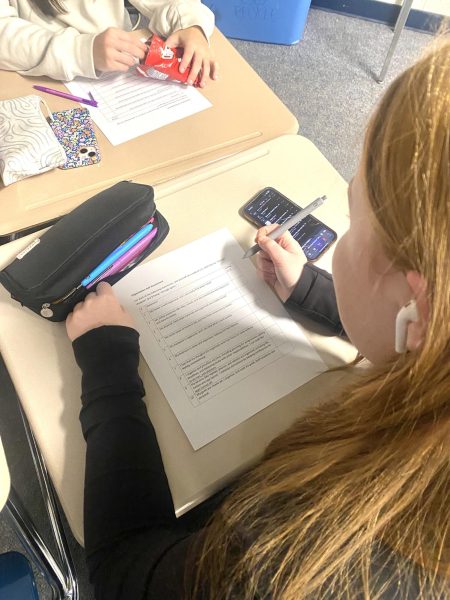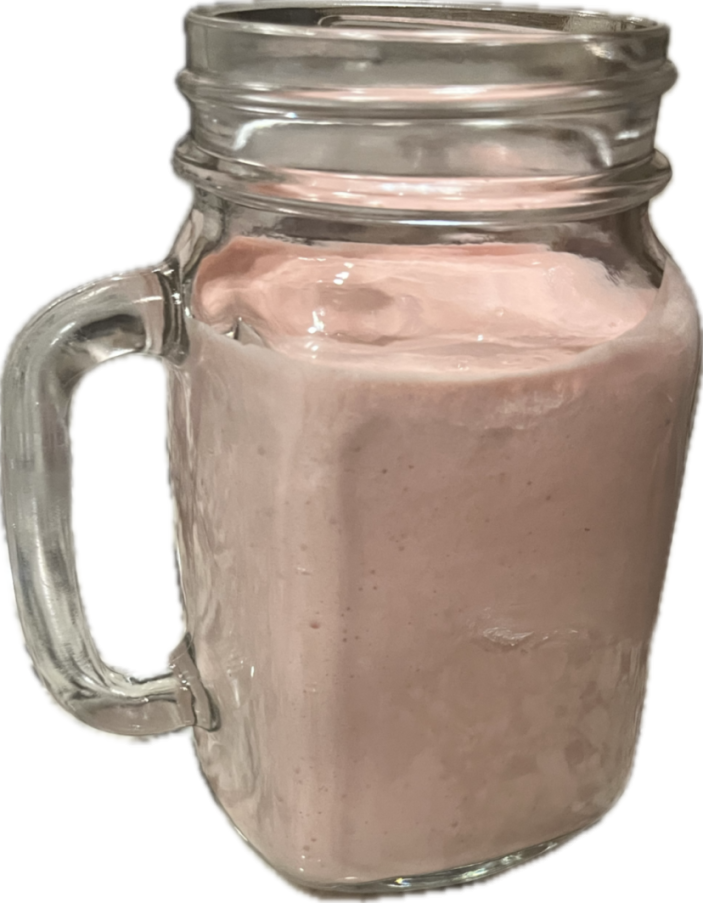Teens struggle with “SAD”
Seasonal Affective Disorder (SAD) is a type of depression that affects students from November through March according to Medical Doctor Jay L. Hoecker.
“This is such a common disorder in teenagers with all of their high school pressures and the long winter months,” depression therapist James Mitchell said. “I see it all the time in students.”
Experts such as doctor Susan Albers, Doctor of Psychology, believe SAD may be caused by a lack of sunlight. Lack of light can upset one’s “biological clock,” which controls sleep-wake patterns and other circadian rhythm. Absence of light also causes problems with serotonin levels, a brain chemical that affects mood, according to Hoecker.
“SAD is sometimes called winter depression that begins in teen years or young adulthood,” Mitchell said. “I treat many high school students, especially in the winter, because of the drab weather.”
Most teens feel that their energy levels stay at an all time low and feel moody. But when spring returns and days become longer again, teens with SAD are relieved from their symptoms, returning to their usual mood and energy level.
“Whenever it gets cold and reaches the end of fall, I am always more tired because of the darker evenings,” senior Sam Jenkins said. “I try to get more sleep but I still feel tired and less energized in the winter.”
Major symptoms of SAD are irritability, problems getting along with others, heavy feeling in arms and legs and weight gain, according to Hoecker.
“I could imagine that students having to deal with so many high school pressures takes a toll on them, as well as the environmental changes,” AP Psychology teacher Lisa Hallam said. “It’s a lot, making SAD very common in an everyday teenager.”
Symptoms of seasonal affective disorder should be taken seriously, as with any other type of depression. SAD can get worse and lead to problems if it’s not treated, according to Hoecker.
“Some problems that come to people when they aren’t treated are major depression and bipolar disorder,” Mitchell said. “Those are extremes but I’ve seen patients who have had to overcome a lot after having this seemingly small disorder.”
One should see a doctor if they feel down for days at a time, or can’t get motivated to do regular activities. Therapists and doctors use antidepressant medications or light therapy to help.
“I feel like I have had a form of this disorder and I didn’t even know it was a real thing,” senior Korin Fletemier said.
Before making an appointment with a doctor, one should make a list of symptoms, depression patterns, mental and physical health problems and major stressors. Also, make a list of any medications and vitamins you are taking and any questions one has.
“If you ever have any concerns about this disorder, do not hesitate to make an appointment with your regular doctor or therapist,” Mitchell said. “It’s always better to get some advice and suggestions to deal with your case than just ignoring the symptoms.”
Your donation will support the student journalists of Eisenhower High School. Your contribution will allow us to purchase equipment and cover our annual website hosting costs.





